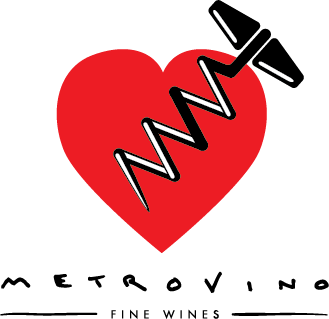Written by Al Drinkle
If we can concede that “generational” changes in the wine industry occur every decade or so, I am very concerned that forthcoming generations of wine professionals, perhaps starting now with people in their early to mid-twenties, are going to hold the same opinions of Burgundy as I do about Bordeaux. Namely, that despite the longstanding reputation of the wines, prices for the benchmarks are bewilderingly high enough to erode any but the most fatuous dreams of acquiring bottles.
Young wine lovers are asked to be satisfied with reading about great Burgundy instead of drinking it and many know enough about the international market to understand that in a sense, nobody is drinking it. After all, when, to use an extreme example, is the right time to open a $3000 bottle of Pinot Noir? Especially one that doesn’t reach its apogee for decades and has been shown to increase in value year by year. So such bottles are treated like stock market shares which is disenchanting in and of itself and exacerbated by anecdotes from (sometimes only slightly) older colleagues of the days when some of those wines were affordable.
But wine isn’t for reading about, it’s for drinking, so you can hardly blame somebody who is excited about libidinous cru Beaujolais, cerebrally sensual Mosel Riesling or esoterically indulgent Savoie Mondeuse instead of Musigny or Richebourg. The problem is that the natural consequence seems to be to write off Burgundy as an entire category, the untouchability of the best breeding disdain for the rest. But there’s great Burgundy to be found up and down the quality hierarchy and we don’t want the region to get left behind…
If you are willing to agree that in terms of wine, the word “value” can be applicable to a wide price range then I, with crestfallen heart, will admit that any Gevrey-Chambertin, Chambolle-Musigny or Volnay worth drinking at all isn’t going to cost what most of us would consider a Tuesday-night price. But the wines below, from less-heralded areas and underdog producers, offer exceptional value at their respective prices and should be on your wine list, in your cellar and on your table.
* A note on the vintage – 2013 was an indisputably difficult growing season for a number of reasons but it’s important to keep in mind that challenging conditions do not automatically mean bullshit wine. In fact, a rather curious trend that we’re noticing amongst our talented growers is that the 2013 growing season was such that one had to pay such unwavering attention to every single stressful detail that in overcoming their obstacles, many of the resulting wines are better, or at least more delicious, than we’ve ever known them to be. All will respond positively to time in your cellar, but can also be confidently broached tonight.
2013 Dufouleur Frères “Le Fouleur” Bourgogne Rouge $32
The key word here is “Frères” as two cousins within the sizable negociant firm simply known as “Dufouleur” have recently received permission from their family to focus on the 5-or-so hectares of estate-owned land. Their introductory Pinot Noir is an exercise in delicacy and persistence, supplicating itself to you by offering an array of foraged wild berries and flowers still wet with rain. Very spring-time and very satisfying.
2013 Paul Garaudet Monthelie “Cuvée Paul” $42
No other vintage of this wine has been this fundamentally delicious upon arrival. Paul Garaudet is the human embodiment of Burgundy’s charming rusticity and his wines follow suit, light years away from the flash and explicit juiciness of a typical “international” Pinot Noir in favor of aromas arrested at twilight and flavors marooned in pastoral bliss.
2013 Domaine des Croix Aloxe-Corton “Les Boutières” $59
David Croix is one of the most talented and insightful young winemakers in France and we don’t know how much longer his wines will fly under the radar. His Boutières is taut and athletic, structured without being aggressive and lets its sizzling minerality go into the eighth round against an army of black cherries and it’s still anybody’s fight. There’s nothing casual about this wine so look elsewhere for your aperitif, but it will make your winter stews taste better and your fireplace more effective.
2013 Camille Giroud Santenay 1er Cru Clos Rousseau $67
It’s David Croix again, this time heading up a longstanding micro-négoce operation and making wine that’s a bit more fleshy and plump. I’ve never had Santenay like this; you’ve never had Santenay like this! It’s heroically benevolent in its array of comforting aromas and dazzling in a titanic mid-palate of cinnamon, red apple-skin and blueberry coulis. Despite hailing from the south-end of the Côte de Beaune, its heart beats in time with Chambolle-Musigny’s.



